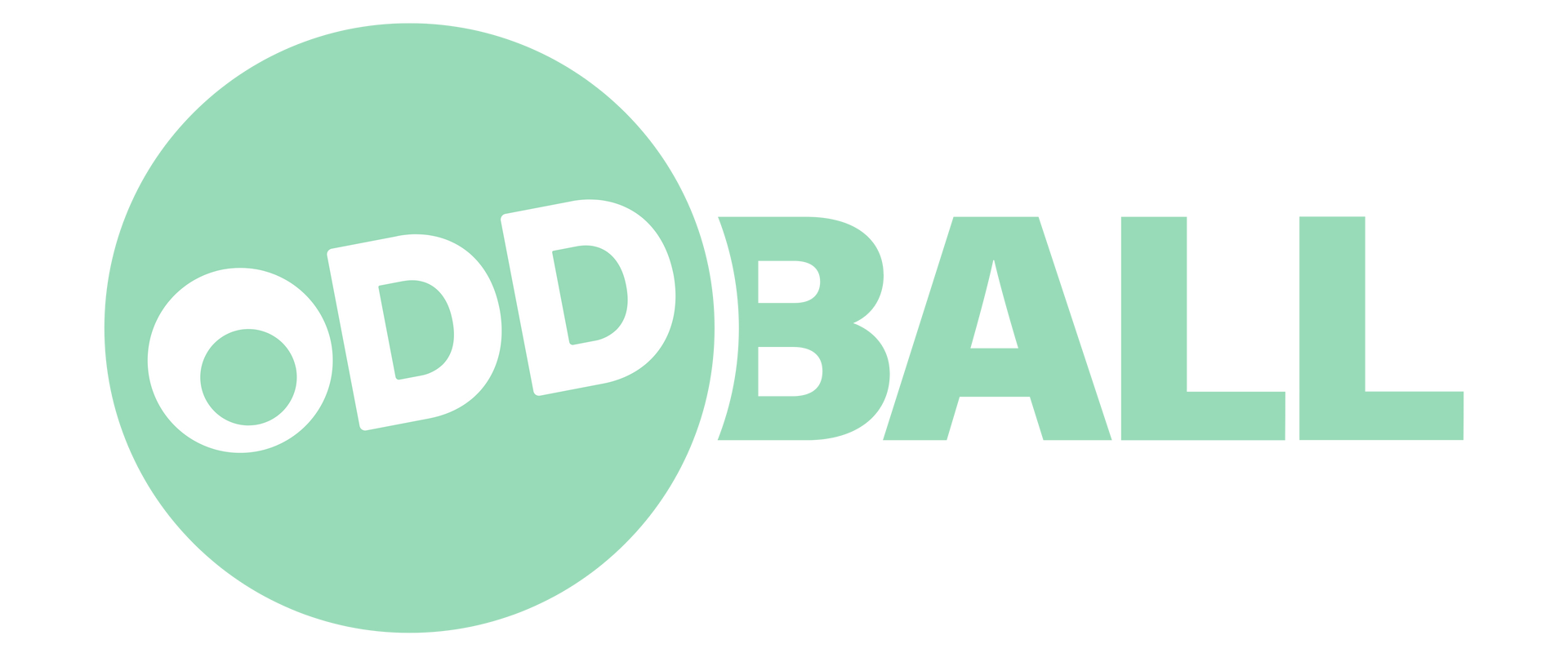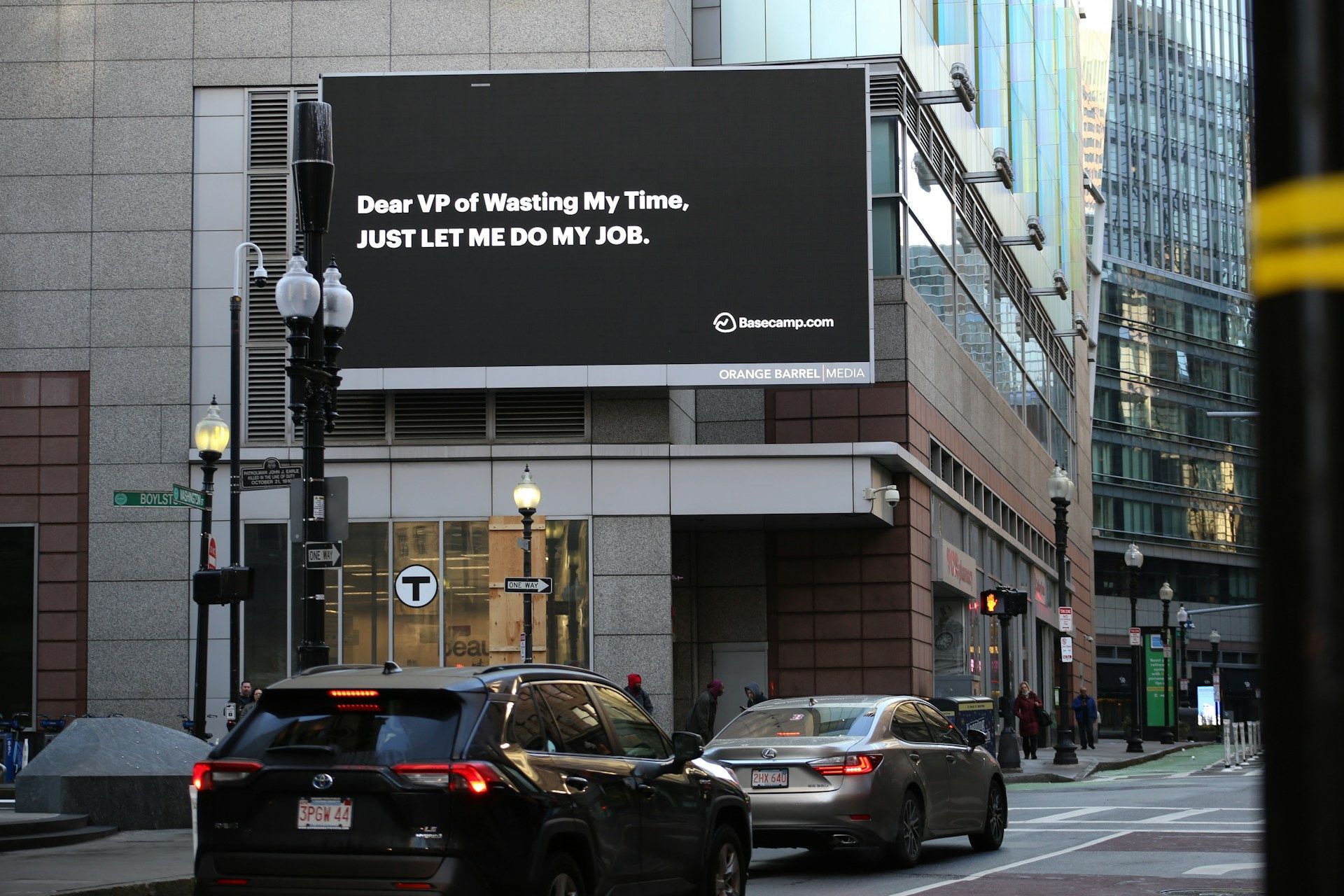Reducing Website Bounce Rates Through Design
When someone lands on a website and leaves without clicking anything, that's called a bounce. A high bounce rate usually means your site isn't giving visitors what they're hoping to find or it’s just too hard to use. It’s like walking into a store, not liking the layout, and turning right back around. That’s not good for business, and it’s not good for your site performance either.
Good website design can make a big difference in keeping users around. It sets the tone for how people experience your site, guiding them step by step through your content and nudging them toward what they need. When the layout is clean, the content feels useful, and the structure isn't confusing, visitors tend to stick around longer and engage more. Let's walk through some ways smart design choices can get those bounce rates down.
Understanding User Behavior
Before making design changes, it's important to understand why people are leaving so quickly. Think about what makes someone click away the moment they land on a site. Some of the most common reasons include:
- Pages taking too long to load
- Layouts that feel messy or overwhelming
- Content that doesn't match the visitor’s expectations
- Fonts or colors that are hard to read
- Too many pop-ups or distractions
Every visitor has a purpose when they arrive. Maybe they’re looking for contact information, reading a blog, or browsing your services. If anything stands in the way of their goal—like a confusing layout, slow site speed, or hard-to-navigate structure—they’re likely to abandon the visit.
On the flip side, a smooth, intentional design makes it easier for people to stay focused. Rather than fighting through awkward menus or cluttered pages, they get to spend more time engaging with your content. That’s where thoughtful design helps reduce bounce rates.
Design sets the first impression. When your site reflects what someone expects to see—both visually and practically—it aligns with their intent. That alignment keeps people on the page longer while bumping engagement in the right direction.
User-Friendly Navigation
Your navigation structure is the framework that guides users from one section to another. It needs to be obvious, easy to find, and even easier to use. If visitors don’t know where to go next—or worse, can't even find your menu—they’re not going to stick around.
Start by simplifying your top-level menu. It helps to stick with familiar labels like “About,” “Services,” “Portfolio,” or “Contact.” This is not the time to get clever with names. You want people to instantly know what they’ll find when they click.
Some tips for better navigation that supports lower bounce rates:
- Limit top-level menu items to five or six
- Stick with consistent placement across all pages
- Use dropdown menus only when necessary
- Make page titles informative and clear
- Use internal links in blogs and other content to guide users to related areas
Don't forget about the footer either. When users scroll to the bottom of a page, it's helpful to have a second set of links waiting for them. When visitors can easily move from page to page without having to figure it out, the time they spend on your site often increases.
Engaging and Relevant Content
Your design may be the first thing people notice, but it’s the content that will make them stay. If your headlines are vague or the article misses the mark, visitors won’t give it a second glance. Even great writing needs a little visual support and structure to keep people invested.
Here are a few things that help content stand out and stay engaging:
- Grab attention with strong, clear headlines
- Use bullet points or numbered lists to make content easier to read
- Support long sections with visuals, like photos or short videos
- Keep paragraphs short and punchy
- Update older content so it stays fresh and useful
Keep in mind that layout matters just as much as the words themselves. If everything is crammed together or cluttered with pop-ups, visitors might give up before reading. Leave enough space between elements so everything feels clean and easy on the eyes. That way, people are more likely to stick with you and explore what else you have to offer.
Mobile Optimization
A huge portion of web visitors come from mobile devices. If your site doesn’t work well on smaller screens, chances are people won’t stay long. Mobile-friendly design is more than a trend. It’s a necessary part of keeping today’s users happy.
Tips for improving mobile design include:
- Use a responsive design so the layout adjusts across devices
- Make tappable areas large so users aren’t fumbling with buttons
- Shorten menus and reduce clutter
- Choose mobile-friendly font sizes and spacing
A solid mobile experience keeps your design feeling consistent no matter what device someone’s using. It’s one of the fastest ways to boost site performance and reduce bounce rate. If your site works well in someone’s hand, you’re one step closer to gaining a loyal visitor.
Fast Load Times
Waiting for a slow site to load makes people click away fast. Your content and design won’t matter if visitors never get to see them. That’s why load speed is one of the most important parts of bounce rate control.
You can improve your site speed in a few simple ways:
- Compress images so your pages load quicker
- Cut back on large plugins and extra scripts
- Turn on caching to improve performance for return visitors
- Clean up old code that might slow things down
Checking in regularly on how your site loads can reveal small problems before they become big issues. Speed sells—or at least keeps people from bouncing.
Keeping Visitors Engaged Through Better Design
There’s no single fix for a high bounce rate, but good design is a smart place to start. When you create a site that’s easy to move through, loads fast, and shows visitors exactly what they need, people stay longer and click more. That’s good news for your traffic, your content, and your business.
By focusing on user-friendly navigation, well-written content, mobile optimization, and speed, your website becomes a place people trust. When your layout works hand in hand with what users are trying to find, your bounce rate naturally improves.
Oddball Creative builds websites that are crafted with users in mind. We know how to turn confusing, hard-to-navigate pages into clean and helpful spaces. Whether your goal is to guide users through a portfolio or help them contact you faster, our team can shape every click into something meaningful.
Looking to refine your online presence and keep visitors engaged? Explore how website design solutions from Oddball Creative can create a more interactive and user-friendly experience. With thoughtful design choices, we help turn your site into a place where users stay, explore, and return.



